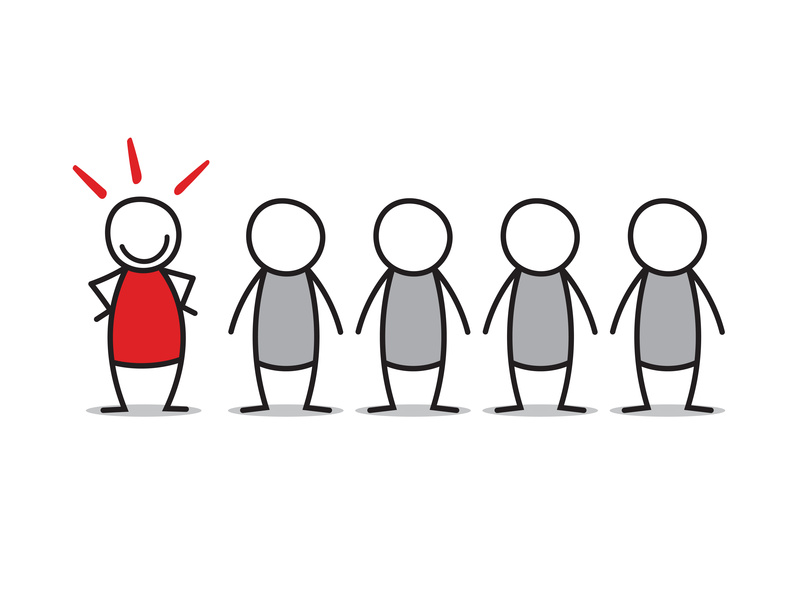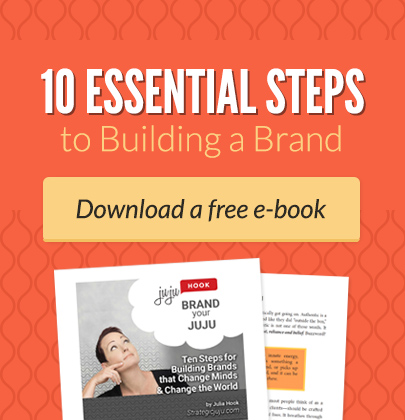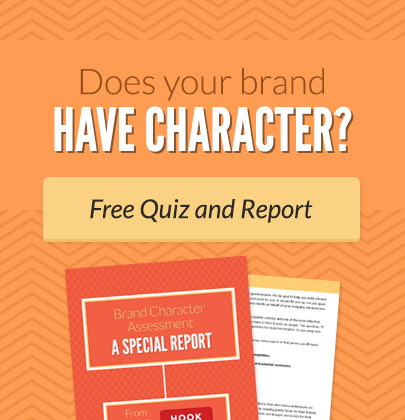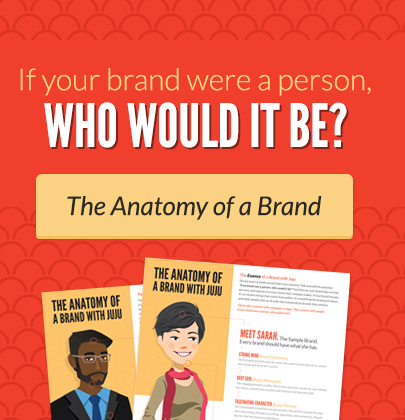A couple of weeks ago, I had the opportunity to hear the marketing legend, Todd Brown, speak. If you don’t know Todd, he’s a highly-revered expert in the subject of direct response advertising. More specifically, he’s a master at driving consumers through “funnels” that ultimately lead to product purchase – using copy that leads and entices.
Todd’s message at the conference? The Single Big Idea:
“In order for your marketing message to COMPEL your prospects to act, it must be driven by a SINGLE idea, and that idea must be a BIG idea.”
In further detail, Todd says: “You have to find an idea to base your marketing message on that is arresting, compelling, and intellectually interesting to prospects. You have to find an idea that cuts through the clutter, screams of being new, and fresh, and sucks prospects in and makes them want to learn more. And in the process, you have to refuse to settle for run of the mill, mediocre ideas to base your marketing on.”
A big idea. It sounds so logical, doesn’t it? So simple? So integral to the success of any brand or business?
But it is so often completely over-looked.
I have this discussion of the “big idea” with almost every client who comes through my branding course. I call it the “juju.” But essentially, I’m on the big idea boat with Todd. The “big idea” doesn’t ONLY apply to advertising copy. It applies to branding, in general.
If you’re going to release your brand to the world, it needs to be based on something the world can quickly and easily understand – and then get behind.
Most often, when I ask clients what’s unique or special about them, what they stand for, or what they’ll bring to the market, I get a generalization of what they DO:
“I’m a health coach specializing in gut health.”
“I’m a photographer, focusing on increasing self-esteem for women.”
“I’m a jewelry designer who uses ceramic and metals.”
These are all cool professions. They are not big ideas.
This concept isn’t easy to wrap your head around, and I love to use Dr. Barry Sears as an example here, because he turned an everyday ordinary concept into a single big idea, and the world responded.
That big idea? The Zone Diet:
“The Zone Diet ™ will help you shed excess pounds, dramatically reduce your risk of chronic disease, and improve your mental and physical performance while living a longer more fulfilling life.”
If you visit the Zone Diet website and dig a little deeper into the explanation of Dr. Sears’s big idea, you’ll find a definition:
“Balance your plate at every meal with one third protein, the size and thickness of your palm, two thirds colorful fruit and vegetable carbs, and a dash of fat.”
Ummmm…. Did he just say, “Eat a balanced diet?”
I’m pretty sure he did. And that’s not a big idea at all, is it? That’s just good “adulting,” as far as I’m concerned.
Except that’s not EXACTLY what Dr. Sears said.
What he said was, that if you eat this balanced diet, you’ll be… “In the Zone.”
What happens “In the Zone?”
According to Dr. Sears: “If you are in the Zone ™, you have optimized your ability to control diet-induced inflammation.”
And here’s the best part: “This is a physiological state that can be MEASURED in clinical tests.”
The Zone. ™ BAM.
This was Dr. Sears big idea. And by any standard measure, his brand was a smashing success. He sold more than 2 million copies of his hardcover book, made the New York Times Best Sellers list, and was featured on TV shows just about everywhere. They called him the “diet guru.” He had an entire line of Zone-based nutritional products and supplements, as well.
I was in my early 30’s when The Zone Diet books were flying off the shelves, and I had a friend who literally PREACHED about Balance Bars (the pre-packaged snack that got you right into The Zone.) He would buy them for me and hide them in my brief case, because he was so convinced that my day would blow up (in a good way) when I hit The Zone.
So, why did this work? Why was Dr. Sears able to convince the world that a balanced diet was a novel concept?
Let’s break it down, according to Todd Brown’s definition of the “single big idea.”
- Did it cut through the clutter? Fo sho. The Zone was on everyone’s lips.
- Was it arresting, compelling and interesting to consumers? Hell, yeah! You tell me: Would you rather eat a balanced diet, or get into The Zone?
- Did Dr. Sears settle for a mediocre, run-of-the-mill message, like “I’m a doctor, and I know it’s good for you to eat a balanced diet because it reduces inflammation?” Nope. Dr. Sears did nothing of the sort. He wrestled with his concept, until he turned it into a big idea.
I offer this as a challenge, for you and for your brand. What’s your big idea? How will you compel your prospects to act? How will you get folks to sit up, take notice, latch on, march behind you, sing your song, and shove your version of the Balance Bar into your co-worker’s mouth?
It’s a lot to think about. But then again, it’s everything, isn’t it?




